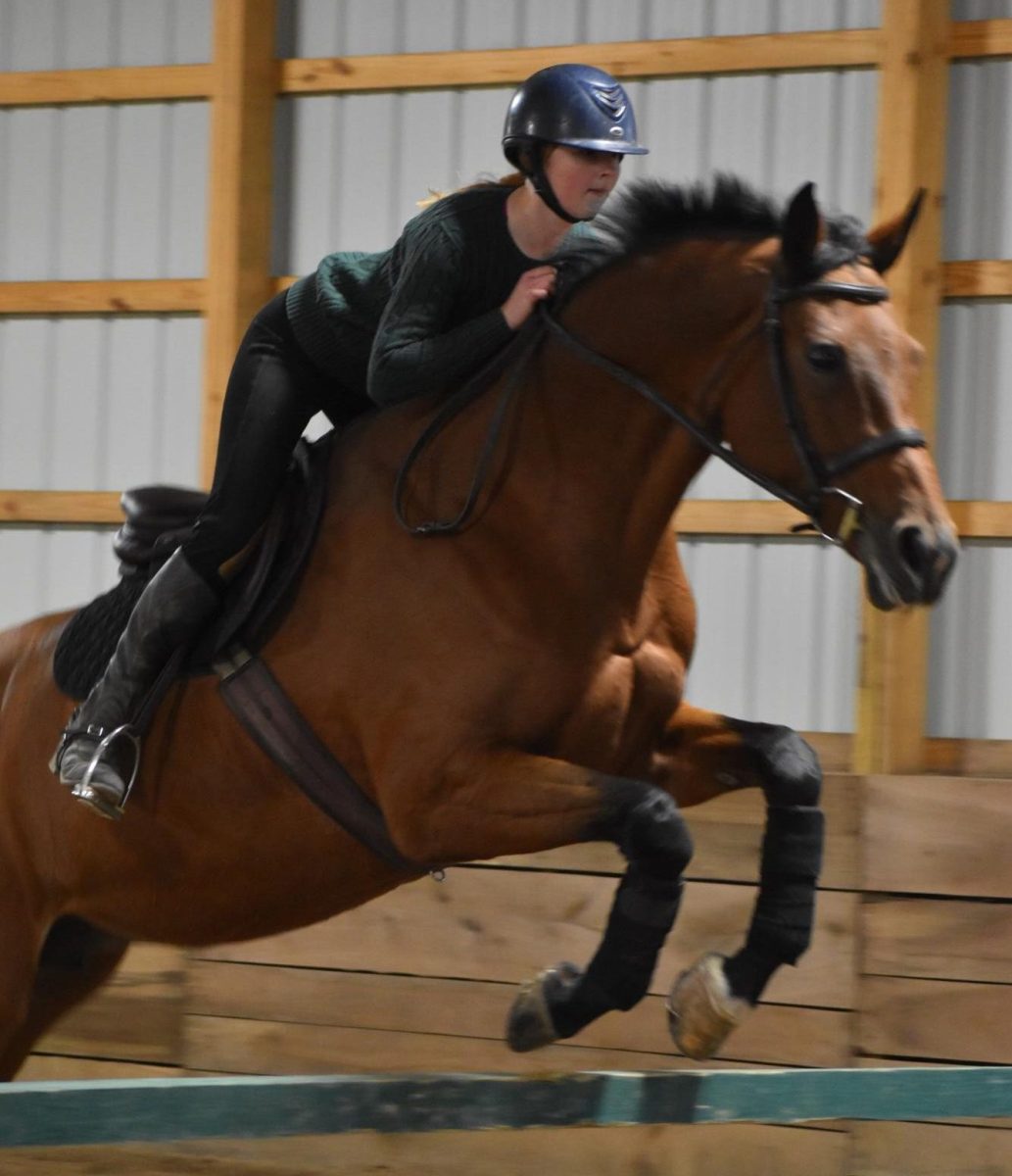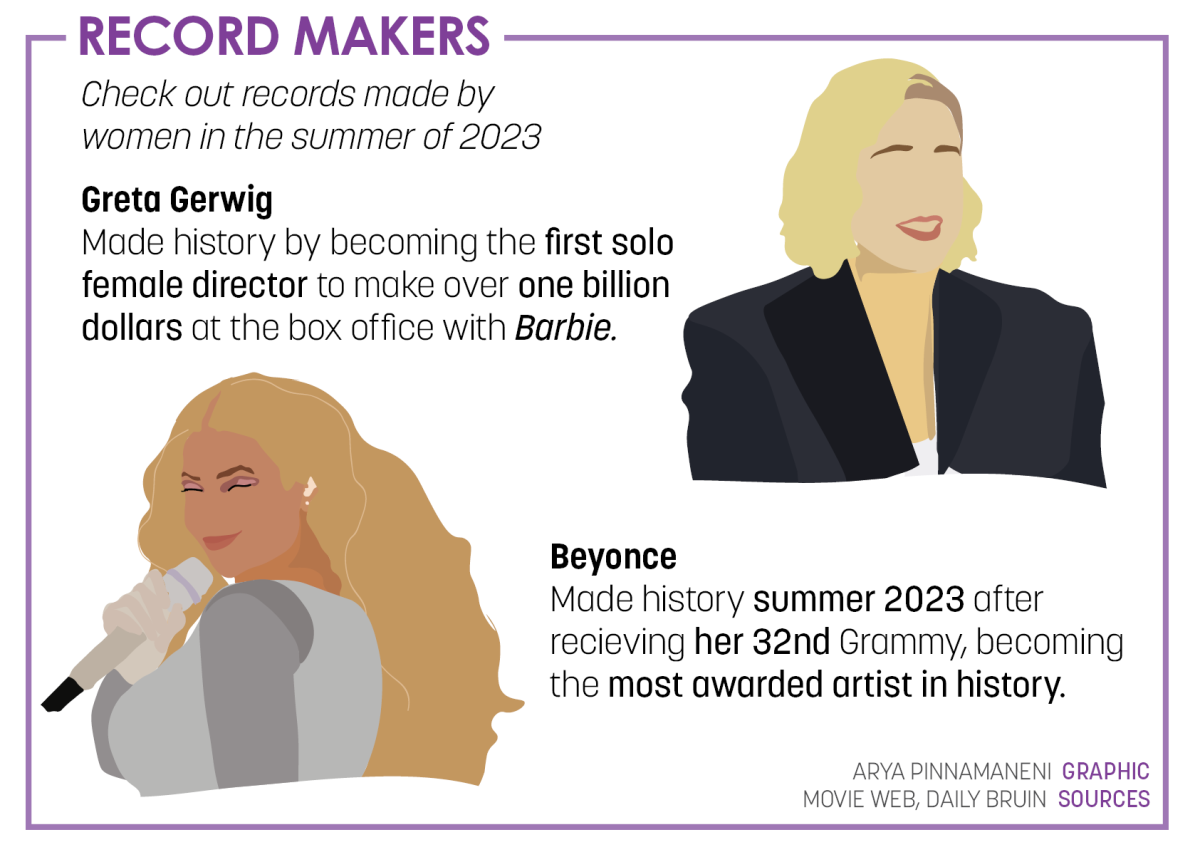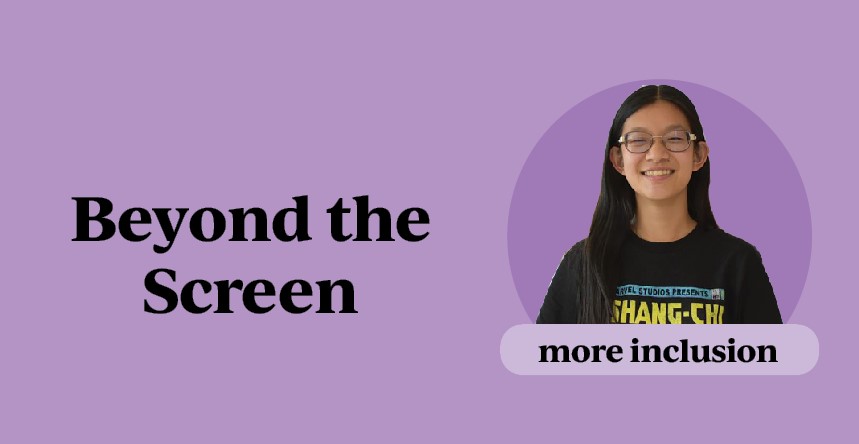“Black Panther: Wakanda Forever” will be released on Nov 11. The first “Black Panther” movie shattered box office records, becoming the highest-grossing film ever by a Black director, Ryan Coogler. The movie also shattered stereotypes, becoming the first superhero movie to feature Black actors in all the leading roles and redefining the representation of Black people in Hollywood.
New characters will be introduced in the sequel, most notably Namor. Played by Tenoch Huerta, Namor will be the first Indigenous, Mesoamerican hero in the Marvel Cinematic Universe (MCU). Huerta is a Mexican actor of Indigenous descent and has long been outspoken about racism and colorism. The actor said in an interview with the Los Angeles Times he hopes the representation in “Wakanda Forever” will lead to more “understanding around Indigenous communities that are still here.”
With the major depiction of a Mesoamerican character in a MCU movie, it seems that representation of minorities in film is improving, and in many ways it is. The success of the original “Black Panther” film paved the way for a wave of blockbusters featuring non-white heroes, including “Shang-Chi” and “Black Adam.” However, representation on-screen is just as important as representation behind-the-scenes.

A 2020 UCLA study found just 14.4% of directors of theatrical films in 2019 were people of color. Black filmmakers had the highest percentage of overall feature directors in 2019 at 5.5%, though only 3.4% of directors were Asian, and only 2.1% were Latinx. Zero feature films were directed by Indigenous people. Beyond the writers and directors, 91% of studio heads are white and the executives who oversee core studio operations—marketing, casting, etc.—are 86% white.
While it is amazing to see Black, Indigenous, people of color (BIPOC) characters on the screen, it is important for BIPOC to be directly involved in creating these stories. A good example of this is “Reservation Dogs.” The show doesn’t just feature an Indigenous leading cast, uplifting young Native actors, but also features an all Indigenous writing team. “Prey,” the fifth installment in the “Predator” franchise, also had Indigenous representation in front of and behind the camera. In a National Geographic interview, Native producer Jhane Myers said, “(On Prey) you have…people in every department that are Native. That’s different.”
As we celebrate National Native American Heritage Month this November, remember that representation in the media means more than seeing BIPOC actors, but supporting the BIPOC writers and directors who create the films.
The views in this column do not necessarily reflect the views of the HiLite staff. Reach Chenyao Liu at [email protected]
To see more of Chenyao’s work, click here.


































![British royalty are American celebrities [opinion]](https://hilite.org/wp-content/uploads/2024/03/Screenshot-2024-03-24-1.44.57-PM.png)


















![Review: “Suits” is a perfect blend of legal drama and humor [MUSE]](https://hilite.org/wp-content/uploads/2024/04/unnamed-1.png)
![Chelsea Meng on her instagram-run bracelet shop [Biz Buzz]](https://hilite.org/wp-content/uploads/2024/04/IMG_2446-1200x838.jpg)
![Review: Quiet on Set: The Dark Side of Kids TV is the long awaited exposé of pedophilia within the children’s entertainment industry [MUSE]](https://hilite.org/wp-content/uploads/2024/04/unnamed.jpg)
![Review: “The Iron Claw” cannot get enough praise [MUSE]](https://hilite.org/wp-content/uploads/2024/04/unnamed.png)
![Review: “The Bear” sets an unbelievably high bar for future comedy shows [MUSE]](https://hilite.org/wp-content/uploads/2024/03/unnamed.png)
![Review in Print: Maripaz Villar brings a delightfully unique style to the world of WEBTOON [MUSE]](https://hilite.org/wp-content/uploads/2023/12/maripazcover-1200x960.jpg)
![Review: “The Sword of Kaigen” is a masterpiece [MUSE]](https://hilite.org/wp-content/uploads/2023/11/Screenshot-2023-11-26-201051.png)
![Review: Gateron Oil Kings, great linear switches, okay price [MUSE]](https://hilite.org/wp-content/uploads/2023/11/Screenshot-2023-11-26-200553.png)
![Review: “A Haunting in Venice” is a significant improvement from other Agatha Christie adaptations [MUSE]](https://hilite.org/wp-content/uploads/2023/11/e7ee2938a6d422669771bce6d8088521.jpg)
![Review: A Thanksgiving story from elementary school, still just as interesting [MUSE]](https://hilite.org/wp-content/uploads/2023/11/Screenshot-2023-11-26-195514-987x1200.png)
![Review: When I Fly Towards You, cute, uplifting youth drama [MUSE]](https://hilite.org/wp-content/uploads/2023/09/When-I-Fly-Towards-You-Chinese-drama.png)
![Postcards from Muse: Hawaii Travel Diary [MUSE]](https://hilite.org/wp-content/uploads/2023/09/My-project-1-1200x1200.jpg)
![Review: Ladybug & Cat Noir: The Movie, departure from original show [MUSE]](https://hilite.org/wp-content/uploads/2023/09/Ladybug__Cat_Noir_-_The_Movie_poster.jpg)
![Review in Print: Hidden Love is the cute, uplifting drama everyone needs [MUSE]](https://hilite.org/wp-content/uploads/2023/09/hiddenlovecover-e1693597208225-1030x1200.png)
![Review in Print: Heartstopper is the heartwarming queer romance we all need [MUSE]](https://hilite.org/wp-content/uploads/2023/08/museheartstoppercover-1200x654.png)






















![Review: Ladybug & Cat Noir: The Movie, departure from original show [MUSE]](https://hilite.org/wp-content/uploads/2023/09/Ladybug__Cat_Noir_-_The_Movie_poster-221x300.jpg)

![Review: Next in Fashion season two survives changes, becomes a valuable pop culture artifact [MUSE]](https://hilite.org/wp-content/uploads/2023/03/Screen-Shot-2023-03-09-at-11.05.05-AM-300x214.png)
![Review: Is The Stormlight Archive worth it? [MUSE]](https://hilite.org/wp-content/uploads/2023/10/unnamed-1-184x300.png)




